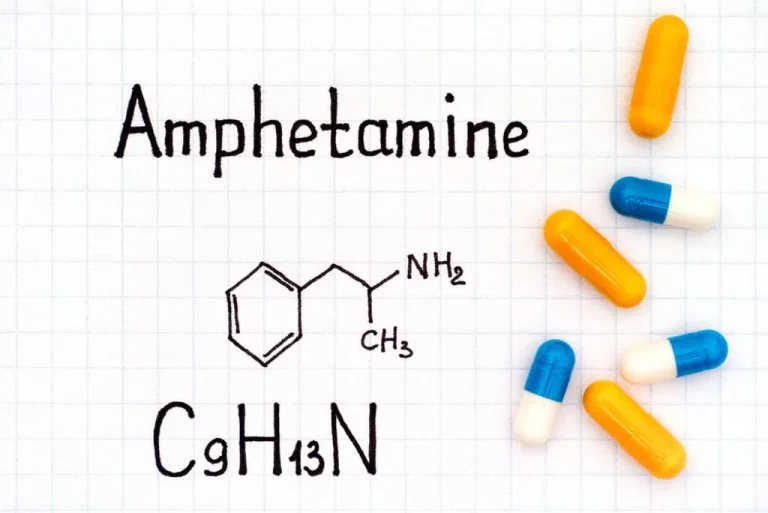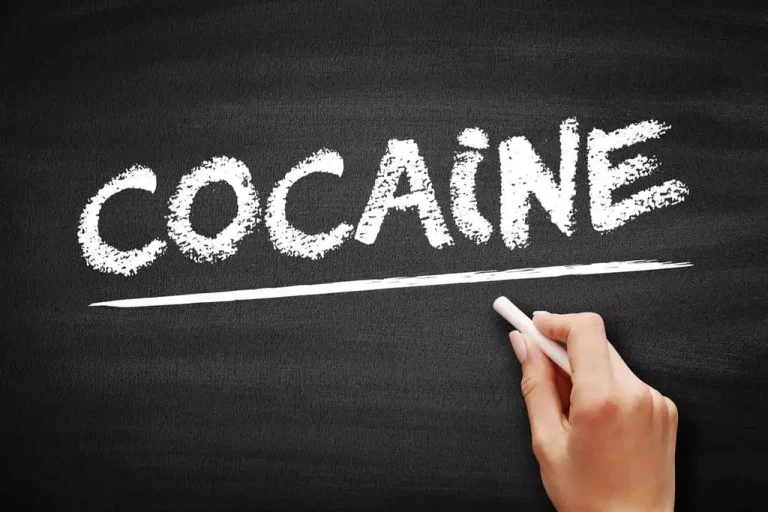
Globally, about 32.5% of people are current drinkers, consuming an average of 0.73 standard drinks daily for females and 1.7 for males. In the US, 62.5% of people aged 12 and older are current drinkers, with 21.7% reporting binge drinking in the past month (3)(4). A possible beneficial effect of light-moderate alcohol intake on longevity (with inverted J-shaped dose-response on longevity) may also be related to hormesis 32, 33. With higher consumption in older people, medication may be negatively affected by alcohol, and there is decreased physiological tolerance 34. The NLCS started in September 1986 as a large population-based prospective study, with detailed information on baseline alcohol use and many confounders available from men and women 16, 17. Eligible subjects were men and women living in 204 Dutch municipalities, aged 55–70 years at cohort baseline (1986).
Regular excess drinking can take years off your life, study finds
The J-shaped curve was particularly apparent for cardiovascular disease (CVD). This led to the belief that drinking small amounts of alcohol may be good for the heart—especially red wine, because it contains resveratrol. These conditions can significantly Alcoholics Anonymous decrease a person’s life expectancy, and individuals with alcohol use disorders are more likely to suffer from these ailments than those who do not drink heavily. The exact figures on the life expectancy for alcoholics vary and are hard to determine.
- The cost of excessive alcohol use impacts everyone, whether they drink or not.
- For example, chronic drinkers are at a greater risk of contracting lung diseases like pneumonia and tuberculosis than moderate drinkers or people who don’t drink at all.
- Young people under the legal drinking age should not consume alcohol because its effects can stunt brain development.
- For instance, a study cited by the National Center for Biotechnology Information (NCBI) reported that life expectancy was years shorter for individuals with alcohol use disorder compared to the general population.
- Binge drinking – a trend whereby a male consumes five or six beverages within two hours – is often found with unhealthy alcohol usage.
Harmful effects of short-term alcohol use
The rate of modest drinking and regular drinking in males https://ecosoberhouse.com/ is 22.6% and 12.1%, whereas 5.8% and 2.3 in females. Since the number of female deaths is relatively small, we only analyze the life expectancy in males. Compared with nondrinkers, regular drinkers in males shortened life by 6.86 years (95% CI 6.58–7.14 years), while regular drinkers with smoking loss 10.25 years (95% CI 9.84–10.66 years) when compared to nonsmoking non-drinker. Heavy drinking can lead to a wide range of health problems and diseases, so it’s no wonder that alcoholism and life expectancy are connected. Short-term effects of heavy drinking can lead to sudden death from alcohol poisoning, as well as car accidents caused by driving under the influence or accidental falls while drunk.

What Is the Life Expectancy of a Heavy Drinker?
Research also suggests that drinking at this level often can lead to weight gain, putting unnecessary strain on the heart and leading to heart failure 18. An individual diagnosed with liver cirrhosis has an expected life span thereafter of around 12 years 12. People between the ages of 20 and 39 are the largest age group affected, as 13% of all deaths are alcohol-related 7. For example, a person drinking between 2 and 3 pints of beer a night will likely die 5 years sooner than someone who sticks to the recommended government guidelines of 100g per week 5. Alcohol can also impair sleep quality, and studies show the less sleep a person gets, the higher their risk of getting sick.
Putting it in context: standard alcohol drink sizes

Pinpointing the situations or emotions that tend to lead to heavy drinking and developing a plan to navigate them without turning to excessive drinking is crucial. Even though there are many health consequences an individual can face during the last stages of alcoholism, quitting drinking can alleviate many of the symptoms. However, a person should never try to quit drinking on their own during end stage alcoholism. Symptoms can include digestive issues, jaundice, and brain and nervous system problems such as fainting and numbness in the extremities. Over 40,000 people in the US die from alcohol-related cirrhosis every year.
Alcohol consumption in later life and reaching longevity: the Netherlands Cohort Study
Binge drinking and heavy drinking, in particular, can severely impair cognitive function, leading to life-threatening injuries, self-harm, or violence. Regular drinking also increases the risk of cognitive decline and dementia (15)(3). The risk of developing liver-related diseases increases significantly with alcohol consumption, particularly when it exceeds 11.5 standard units per week (13). In recent decades, per capita alcohol consumption in the United States has been steadily increasing. As alcohol use rises, understanding its effects on our mental and physical well-being—particularly on longevity and life expectancy—becomes increasingly important (1).

Increased Risk
Our study also reveals non-significant CVD risk between modest-drinker and non-drinker (Table 2). However, in terms of expanded CVD (i.e., CVD plus type 2 diabetes and kidney disease), the risk is significantly reduced by 14% compared to non-drinkers. Consistent with our results, other studies also revealed the reduced type 2 diabetes risk among modest drinkers in both Western and Asian populations by improving the insulin sensitivity7,9,29,39.

Study 9: Alcohol and Mortality In Patients With Cardiovascular Disease

When an individual reaches this stage, drinking has taken over their lives and has impacted their daily functioning, including work, finances, and relationships. The final stage of an alcohol how long do alcoholics live use disorder is end stage alcoholism, which results from years of alcohol abuse. The individual in end stage alcoholism will experience serious mental and physical conditions, including possible life-threatening health conditions.
The researchers found that moderate drinkers (one to three drinks per day) had a slightly lower risk of death compared to abstainers. However, there has been recent disputes that this may be a result of other factors outside of alcohol consumption. A common reason for health concerns and deaths from alcohol addiction is liver disease. The liver is responsible for filtering the toxins from substances such as alcohol out of a person’s body. When someone drinks excessively, their liver may struggle to keep up with the high levels of toxins, leading to damage and possibly permanent scarring. This damage can eventually result in fatal conditions like cirrhosis and liver failure.
- This systematic review investigated the dose-response relationship between alcohol consumption and all-cause mortality.
- In this article we will tell you how long alcoholics live, how alcohol affects the internal organs and gradually destroys the body.
- These conditions can significantly decrease a person’s life expectancy, and individuals with alcohol use disorders are more likely to suffer from these ailments than those who do not drink heavily.
- Laura Morris is an experienced clinical practitioner and CQC Registered Manager with over twenty years experience, over ten of which have been as an Independent Nurse Prescriber.
D. Studies of Men and Women
Since no amount of alcohol is safe for our health, any amount of alcohol — not just excessive consumption — can negatively impact our longevity. Let’s take a closer look at the impact of various amounts of alcohol on our life expectancy. Although alcohol addiction negatively impacts on mortality, this doesn’t mean that an alcoholic’s life span can’t be improved by making lifestyle changes. There is currently no cure for cirrhosis – liver disease – but giving up alcohol in time can significantly increase a person’s chances and help to reduce their symptoms 16. A 2014 study found that the life expectancy of an alcoholic was between 24 and 28 years shorter than the average lifespan of the general population 1.
